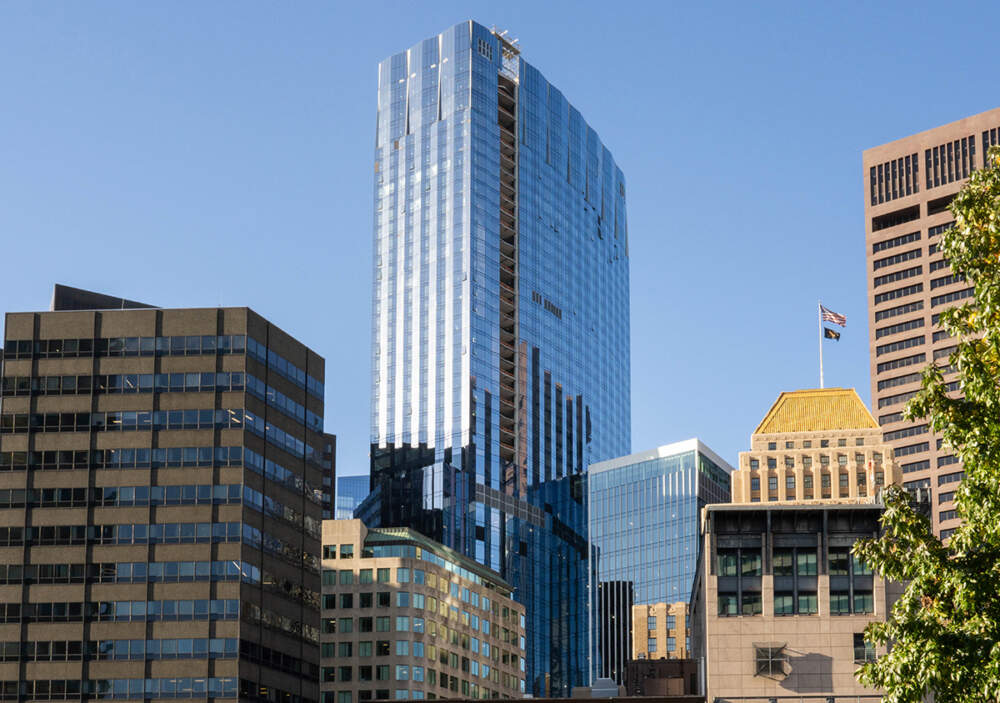Advertisement
Skyscraper in Boston is now the largest ‘passive house’ office space in the world

A new skyscraper in downtown Boston has become the largest “passive house” office space in the world, according to the Passive House Institute in Germany.
The 812,000 square-foot Winthrop Center office space passed multiple tests to ensure walls and windows insulate the building efficiently. The insulation and air-tightness are the main reasons the building uses 65% less energy to heat and cool compared to similar buildings.
“Buildings do account for a significant portion of the overall climate problem. There's no reason why it can't be fixed. It is now feasible from an engineering perspective,” said Christopher Jeffries, founder of Millennium Partners, the building's developer.
Jeffries said the biggest challenge was to adapt a concept created for smaller residential homes to a large-scale office building. For example, the team had to engineer windows large enough for views and also thick enough to insulate the building. The solution was to design windows with three layers of glass.
Constructing ‘passive house’ buildings also costs more, though those costs are often recovered down the road in energy savings. When the development started before the pandemic, Jeffries said it cost around 10% to 15% more compared to a similar newly built structure.
The 691-foot Winthrop Center also has a residential area that’s not passive house certified.
“The Passive House offices at Winthrop Center are truly pioneering,” wrote Passive House Institute’s Jessica Grove-Smith in a press release. She added that the building is a proof of concept that passive house design can be implemented at a large scale.
Buildings represent about 70% of carbon emissions in Boston and about 30% in Massachusetts.
“It is an example for many other developers on how to do this, and it can be done,” said Rebecca Tepper, Executive Office of Energy and Environmental Affairs secretary.
“We now have an opt-in specialized stretch code and we have many towns who have opted in. That's going to result in more and more buildings and houses like this,” she said.
Tepper said the biggest building decarbonization challenge in Massachusetts is existing housing.
“We have a very old housing stock in Massachusetts, and we're going to need to retrofit those buildings,” she said.
